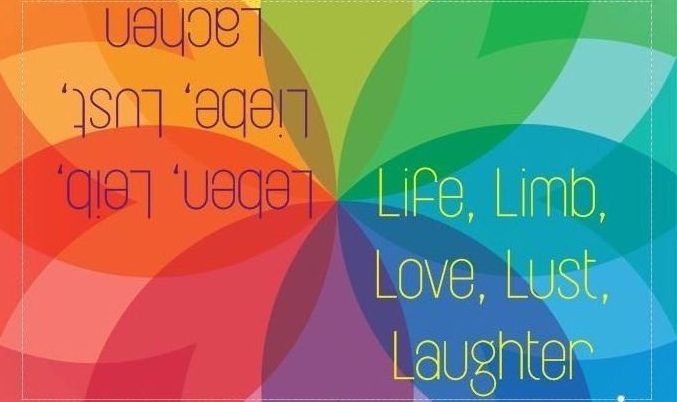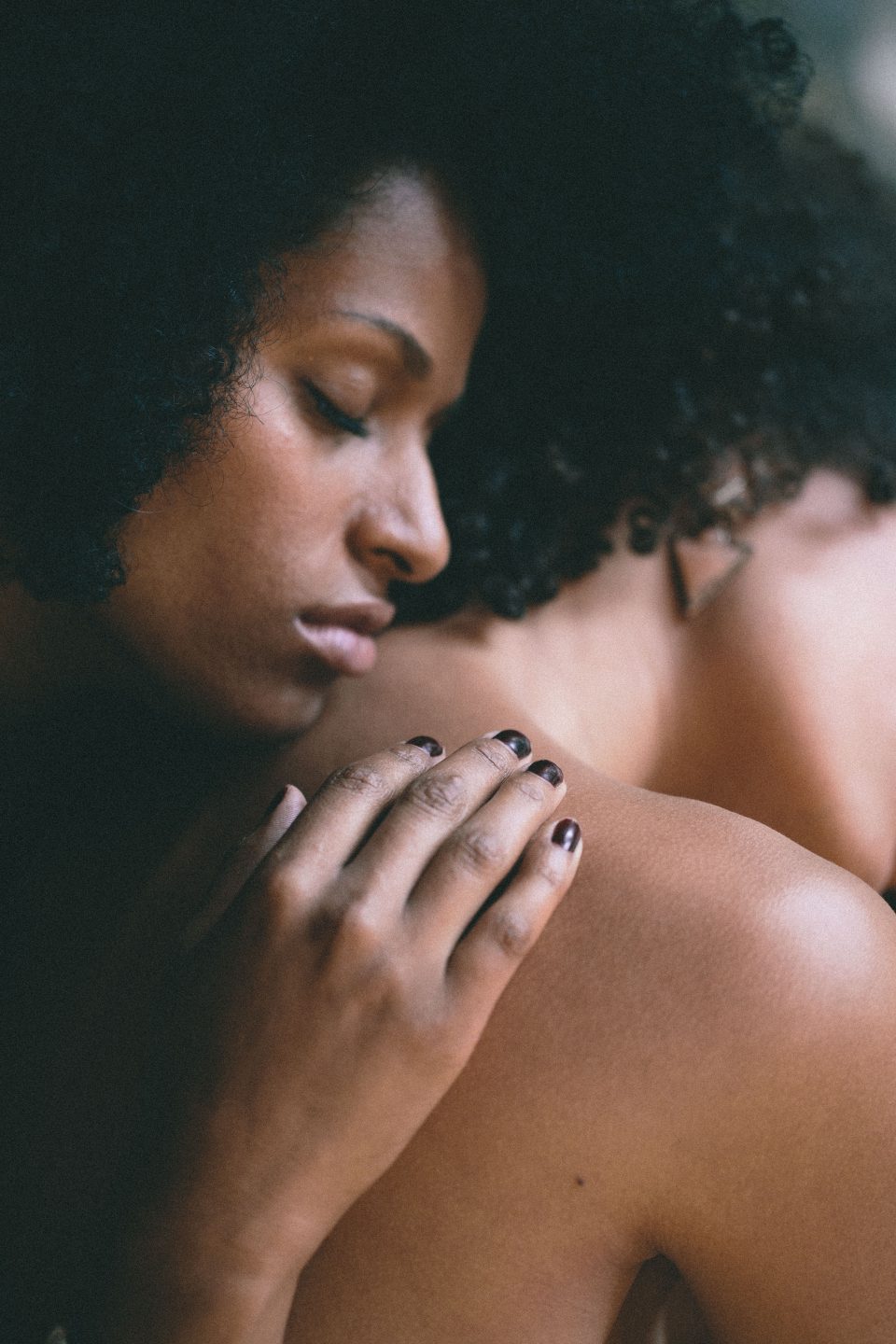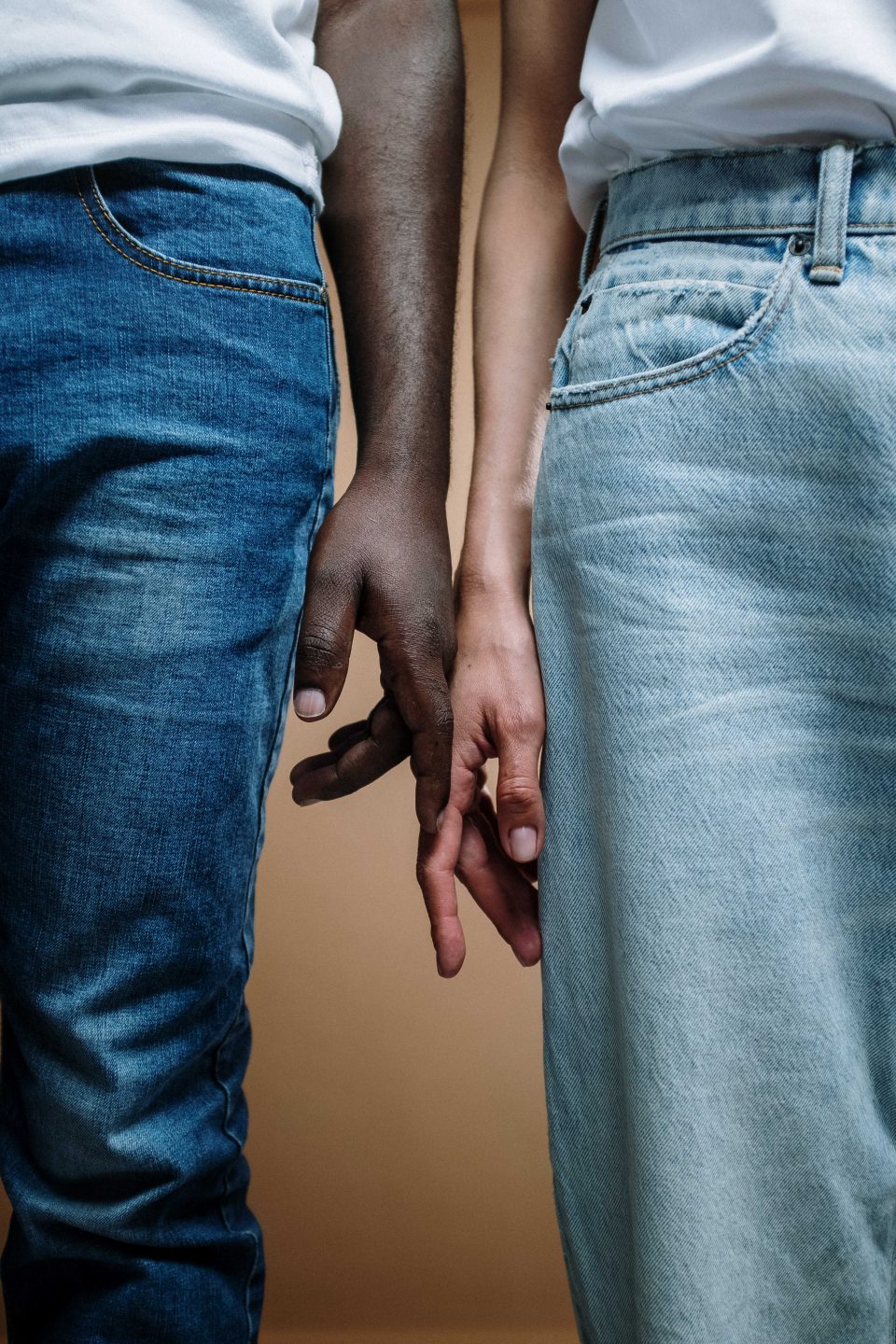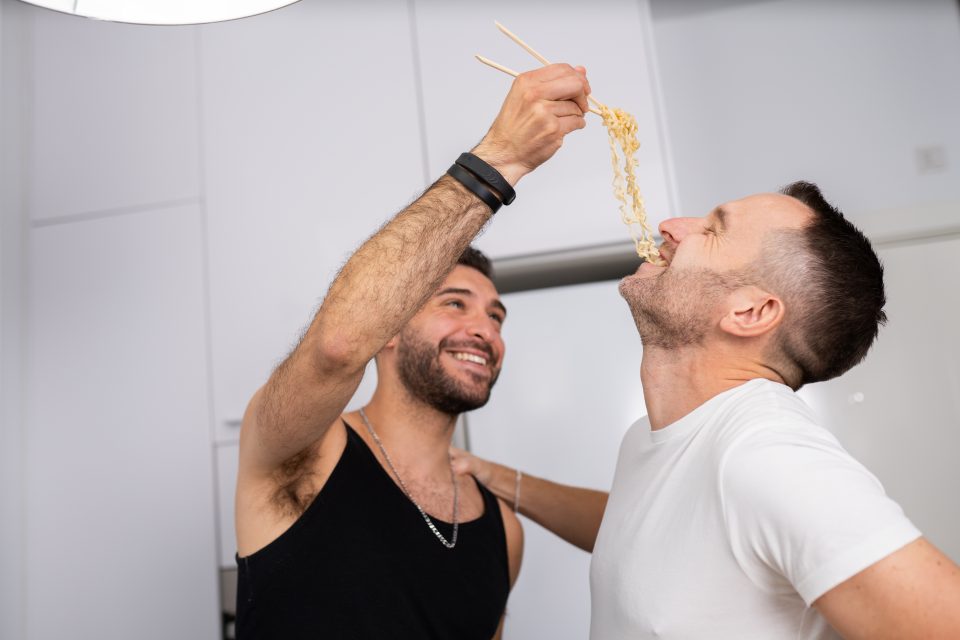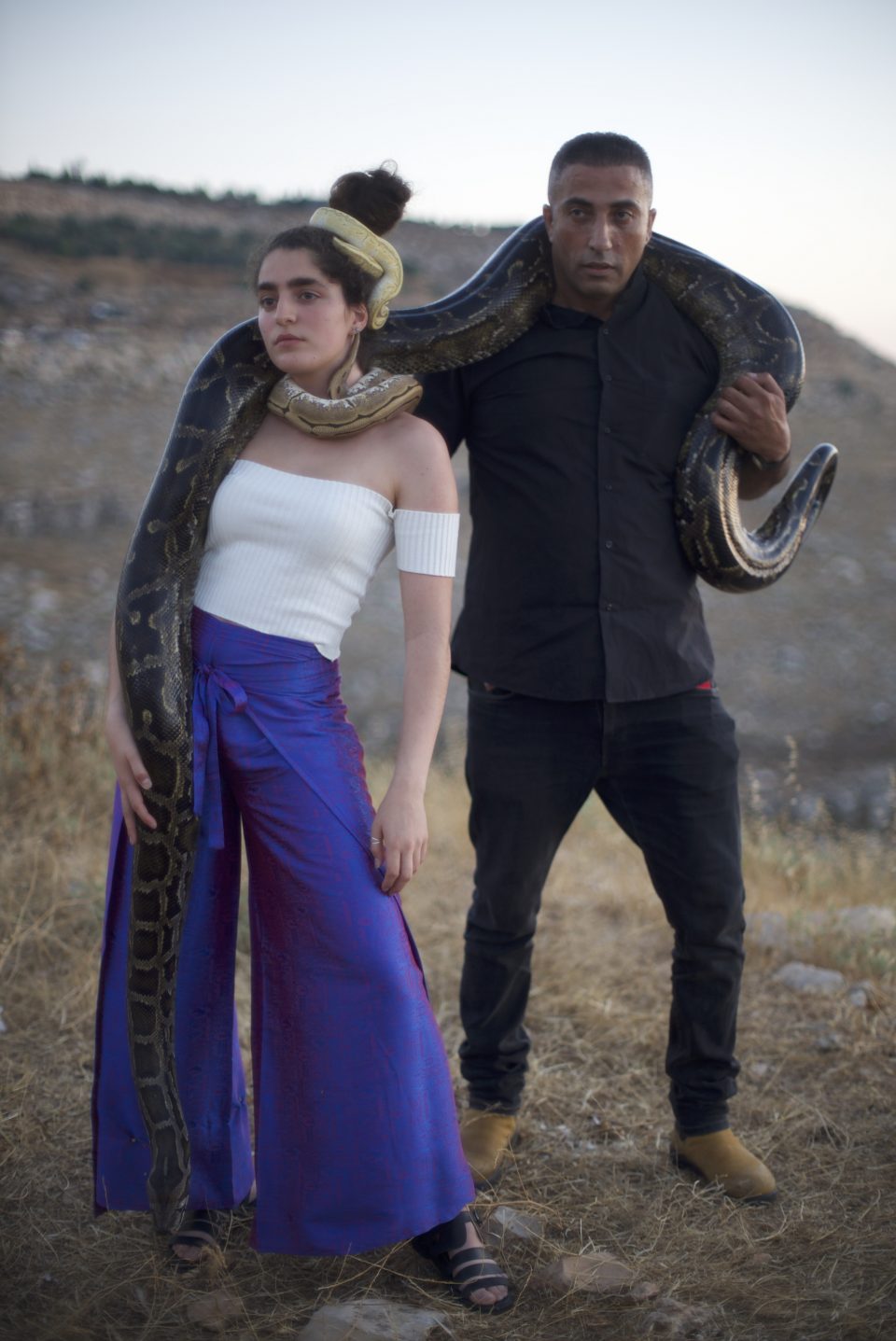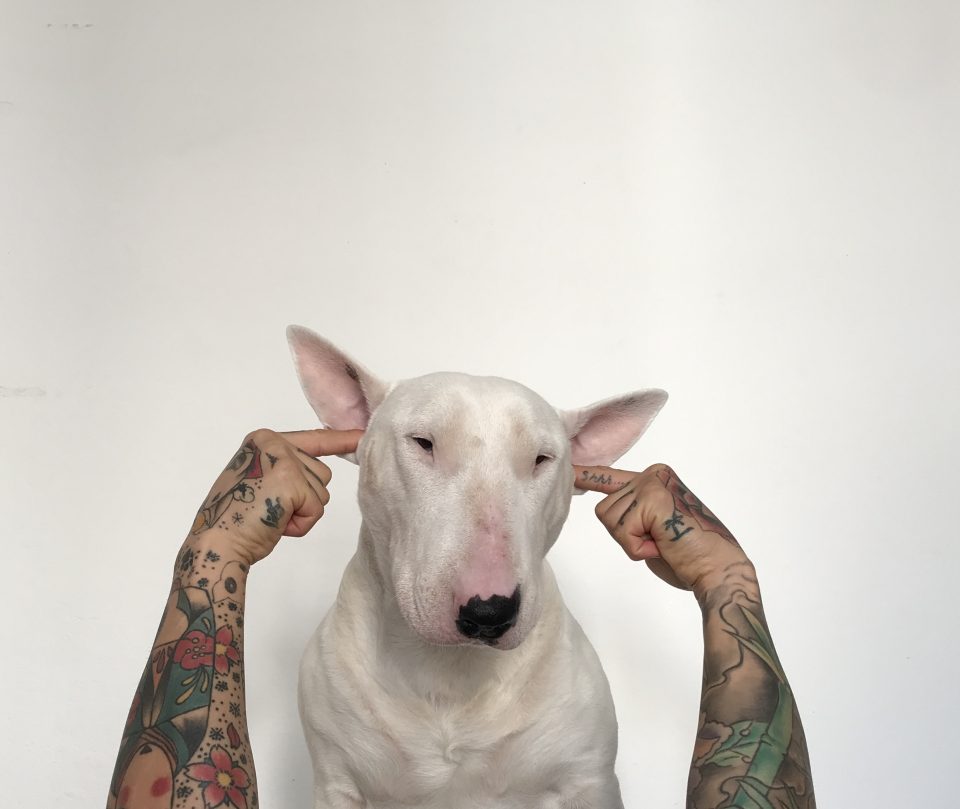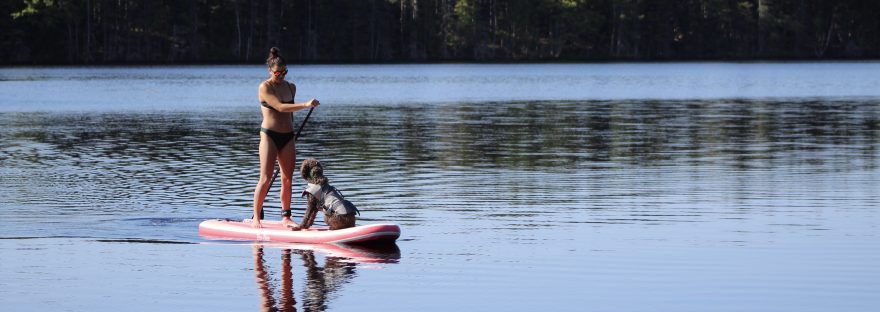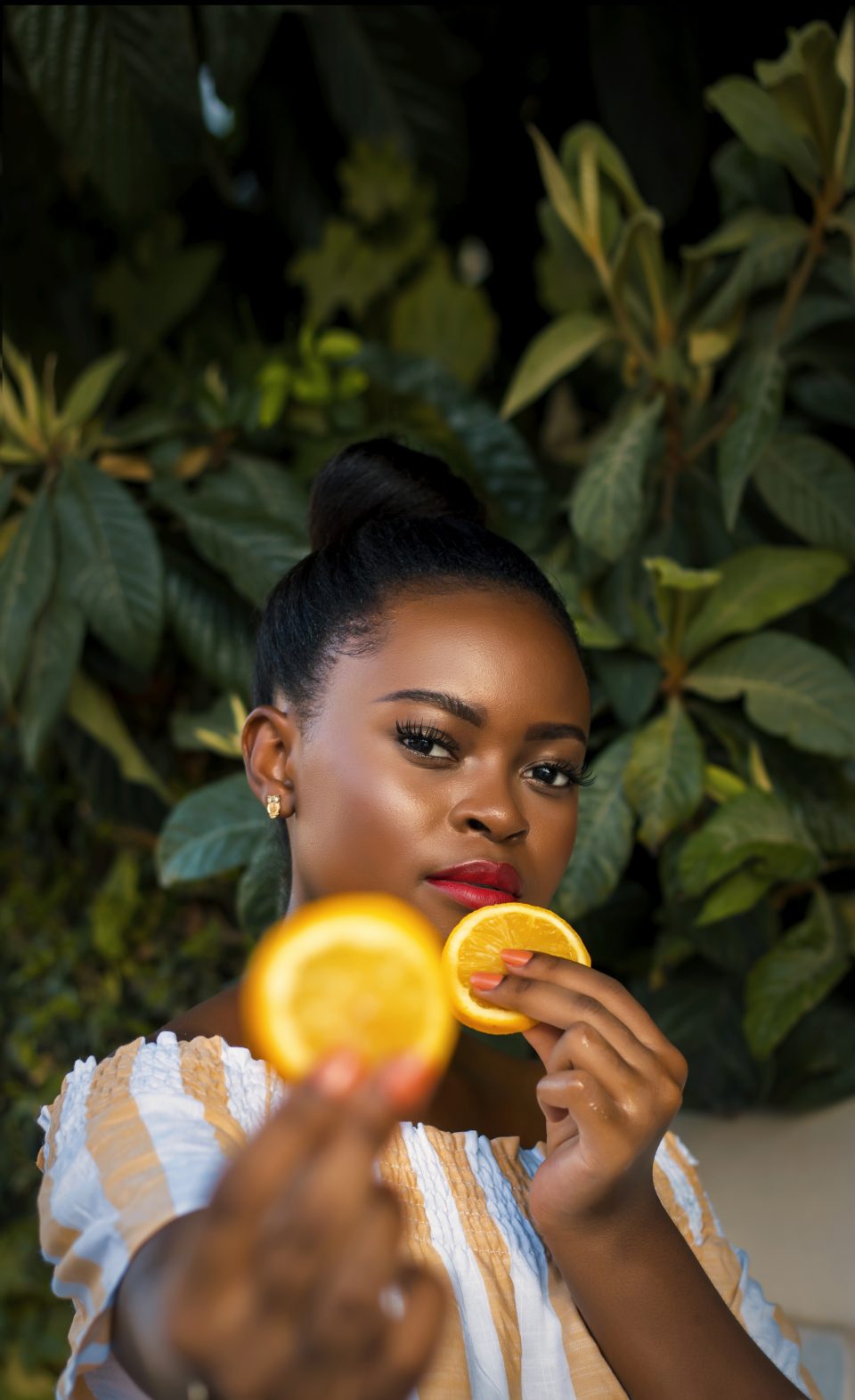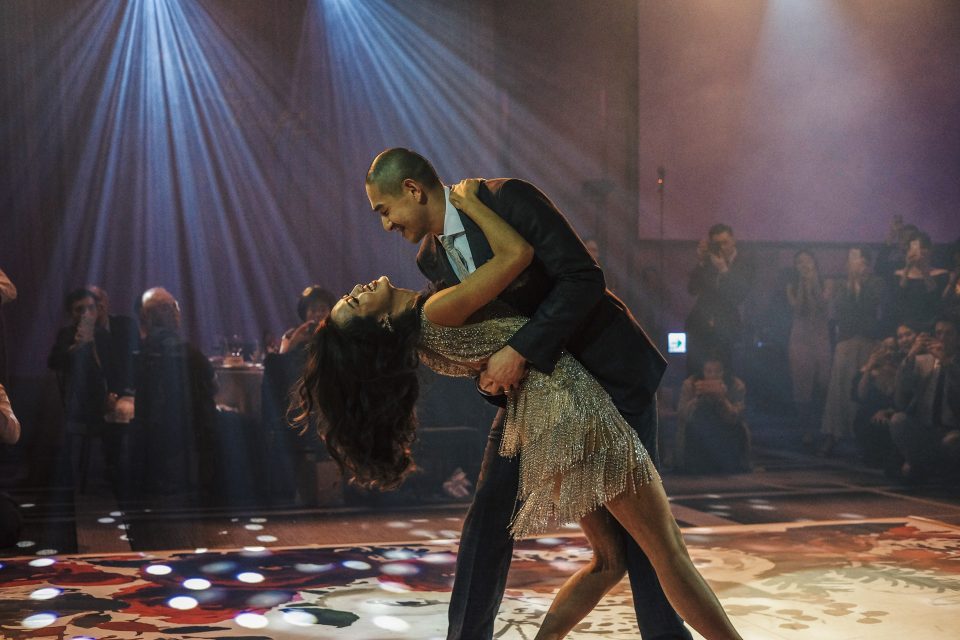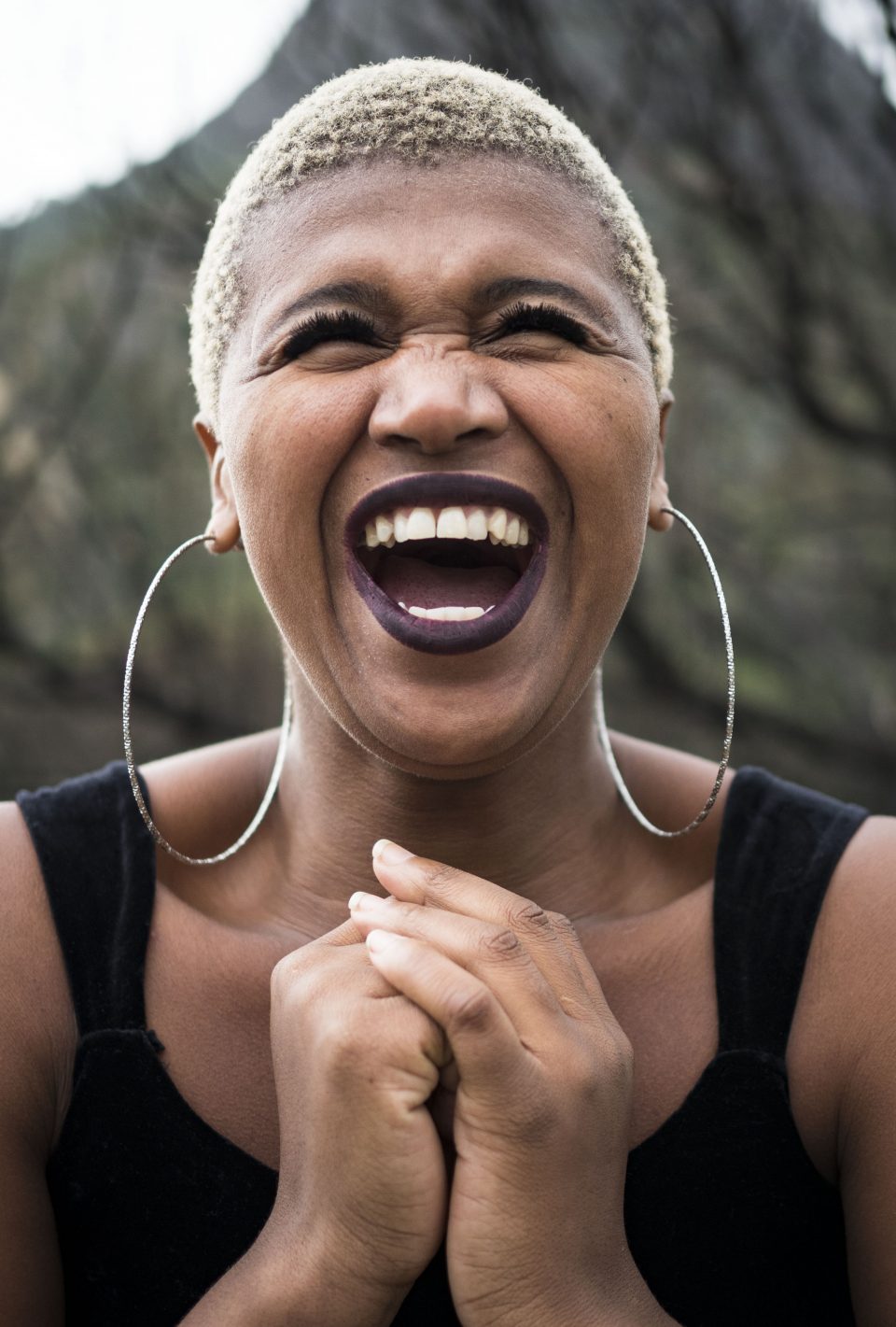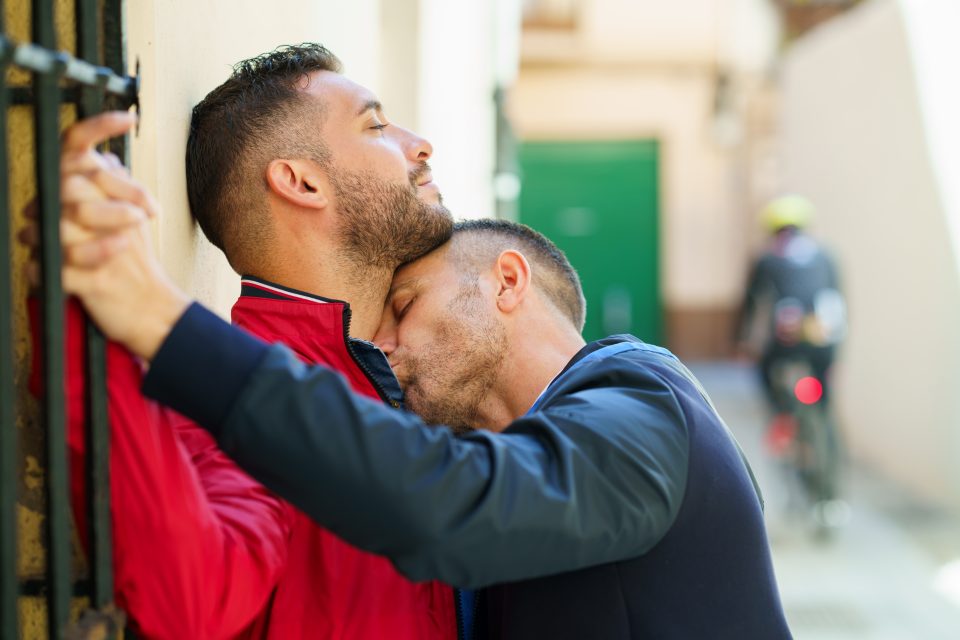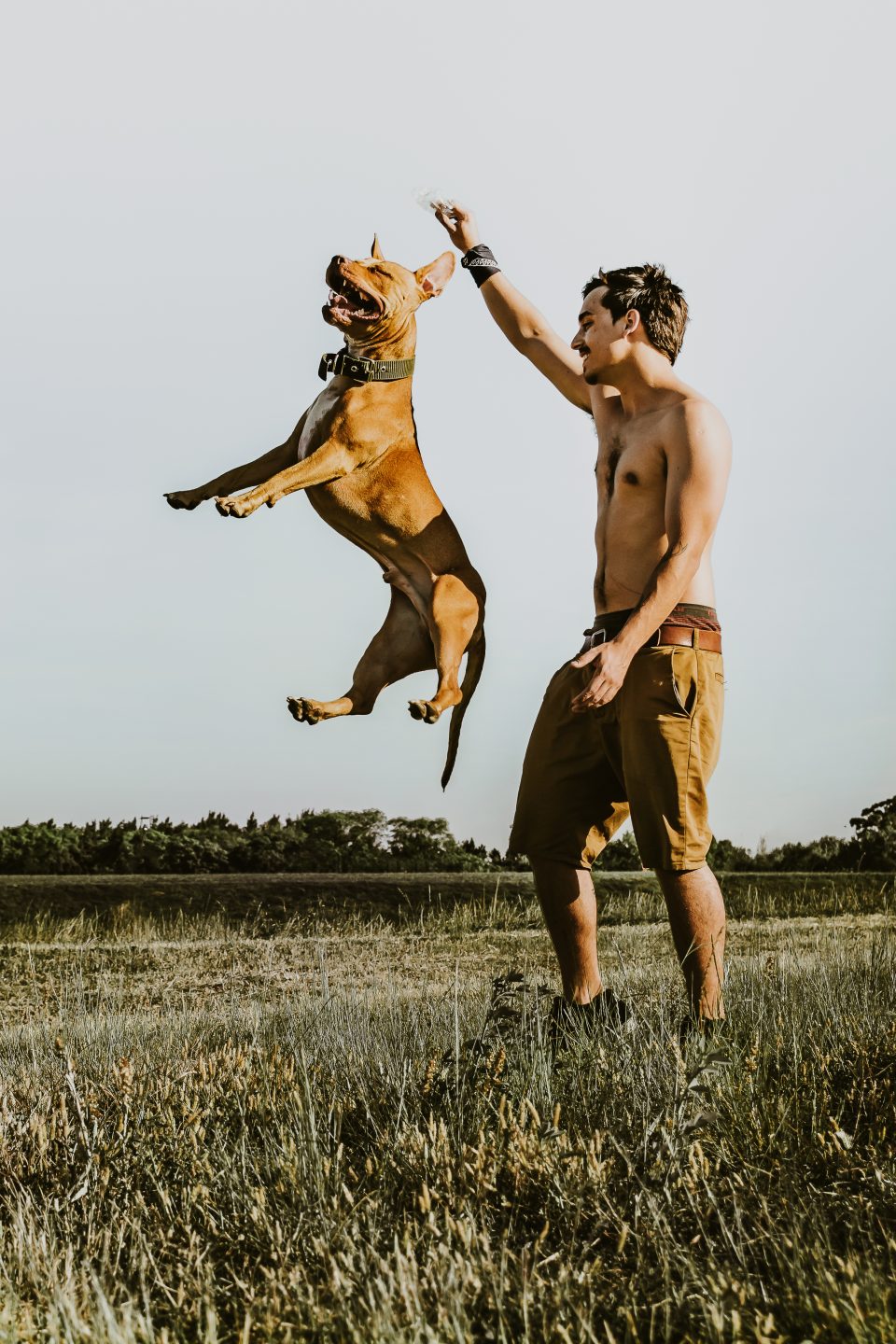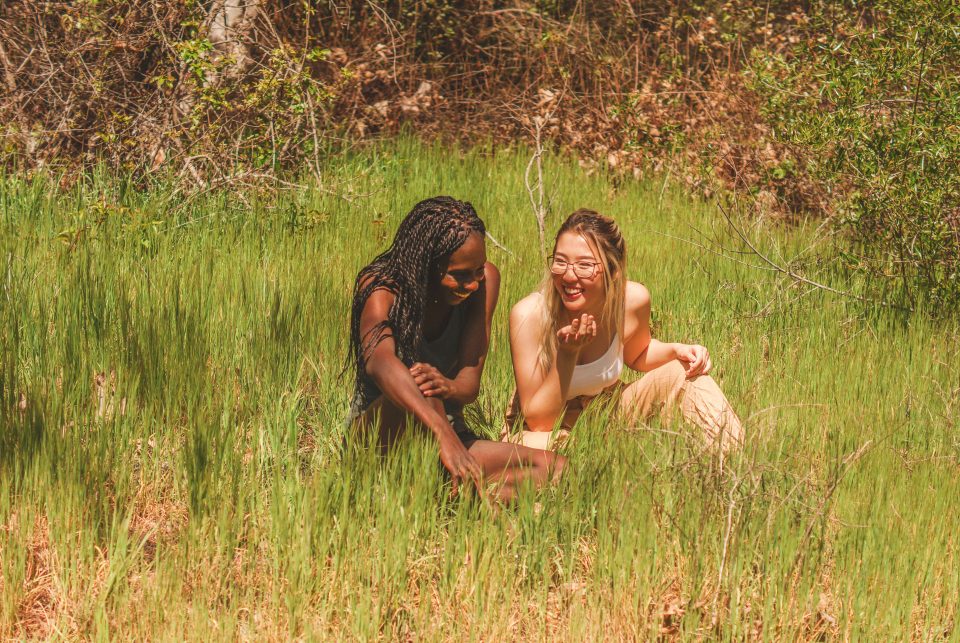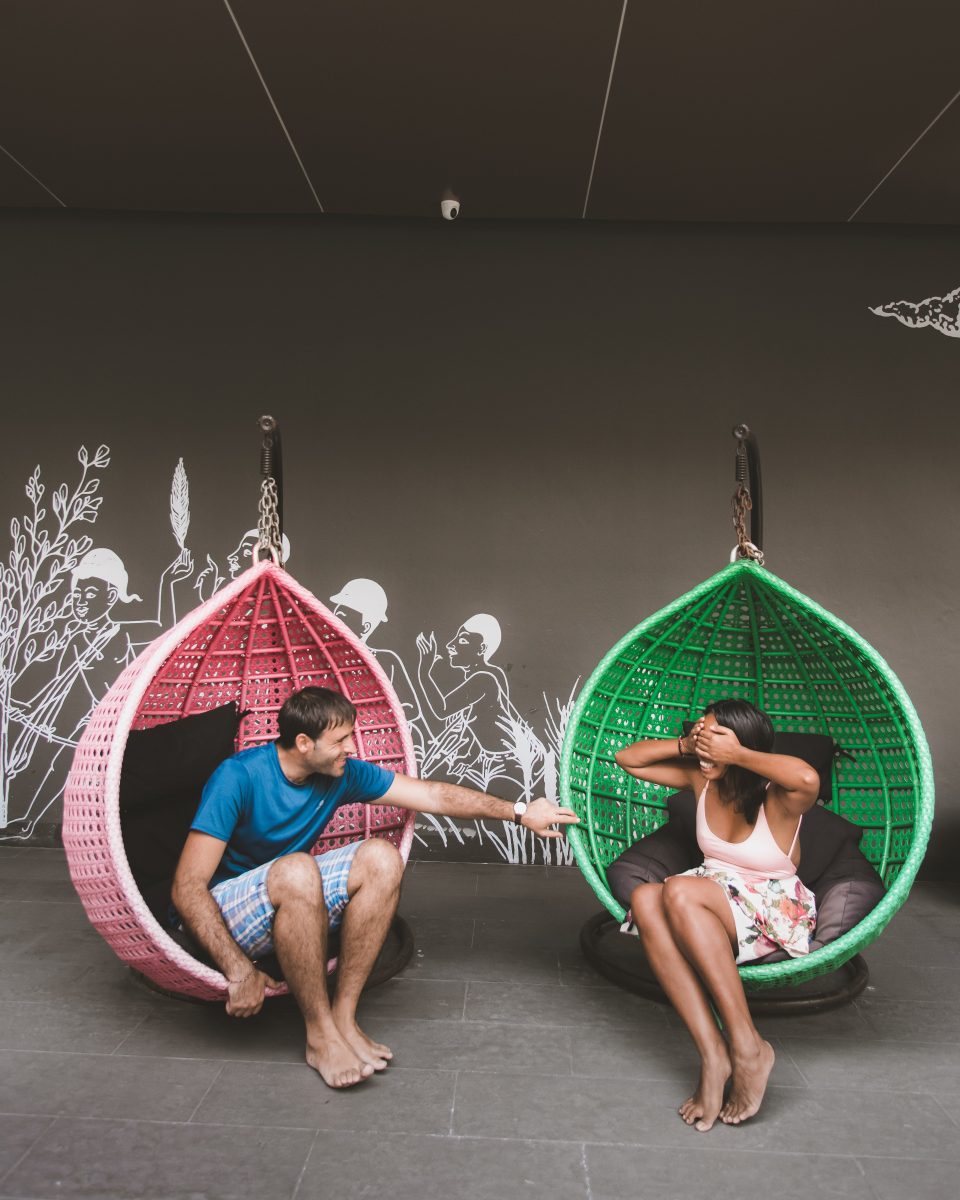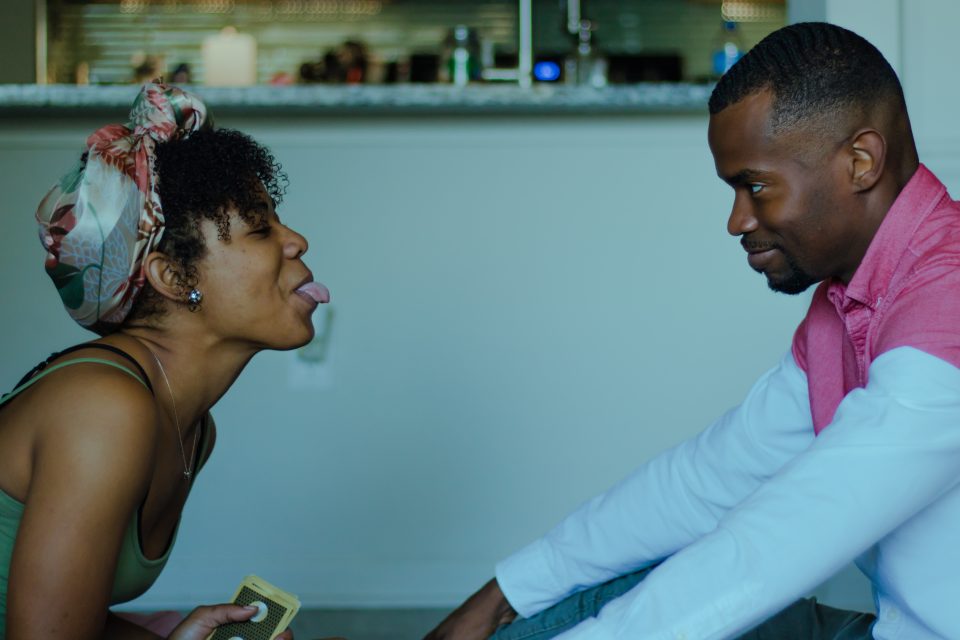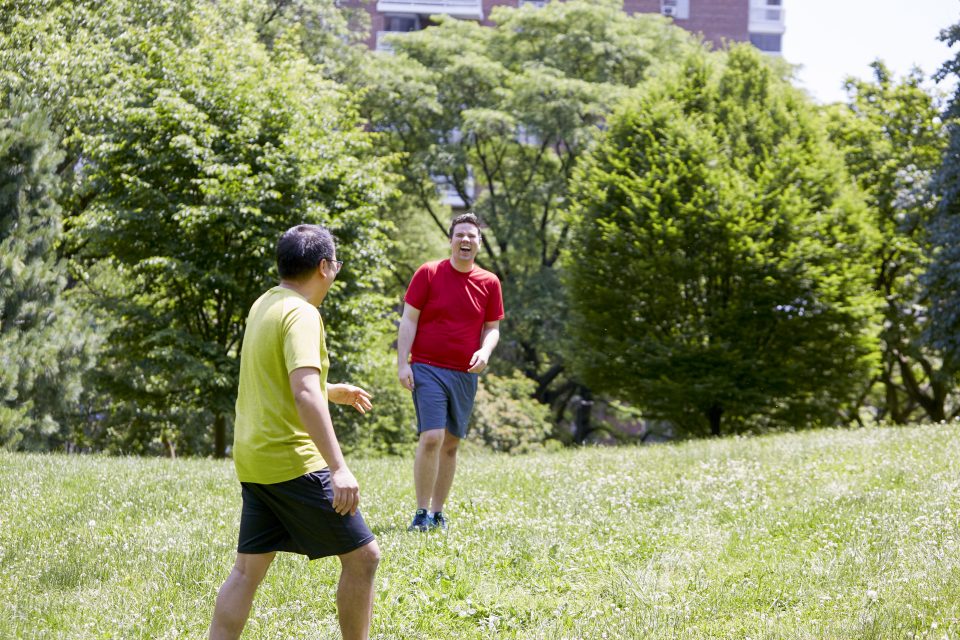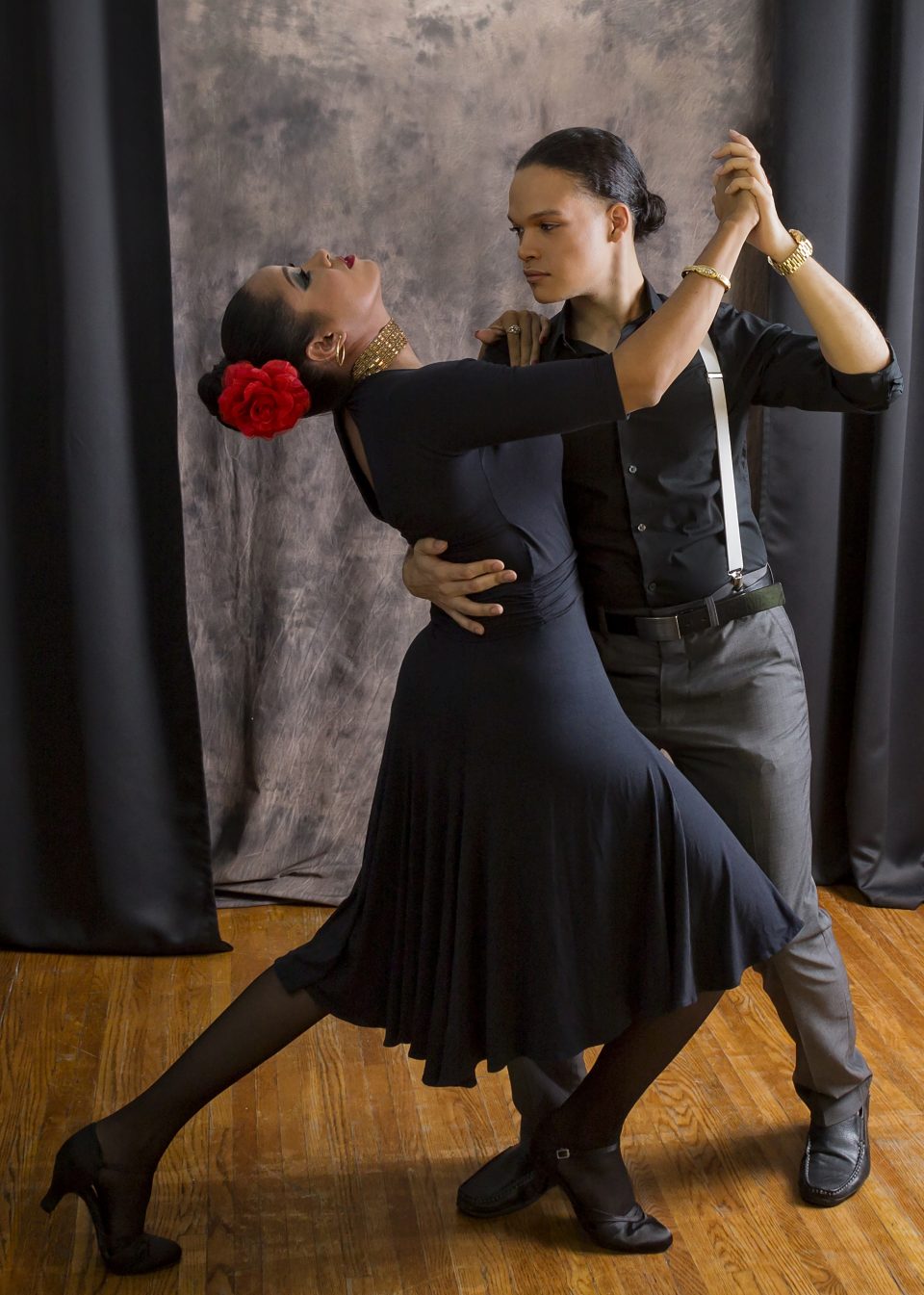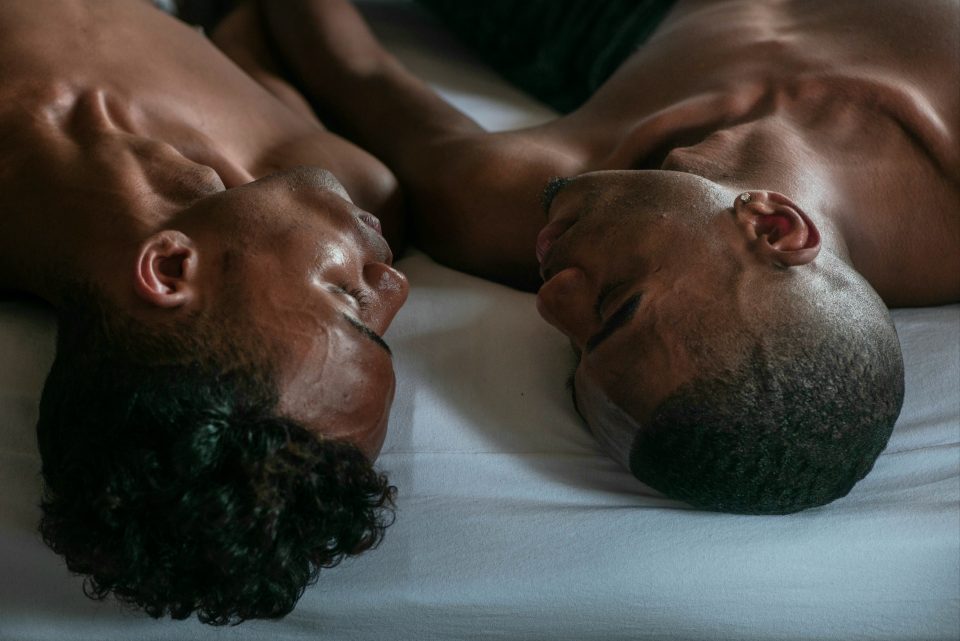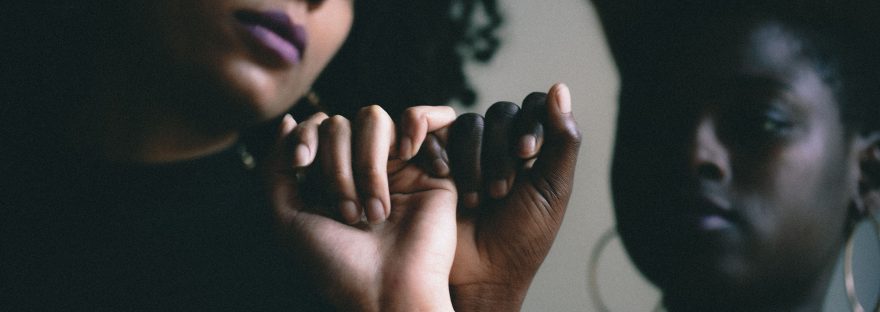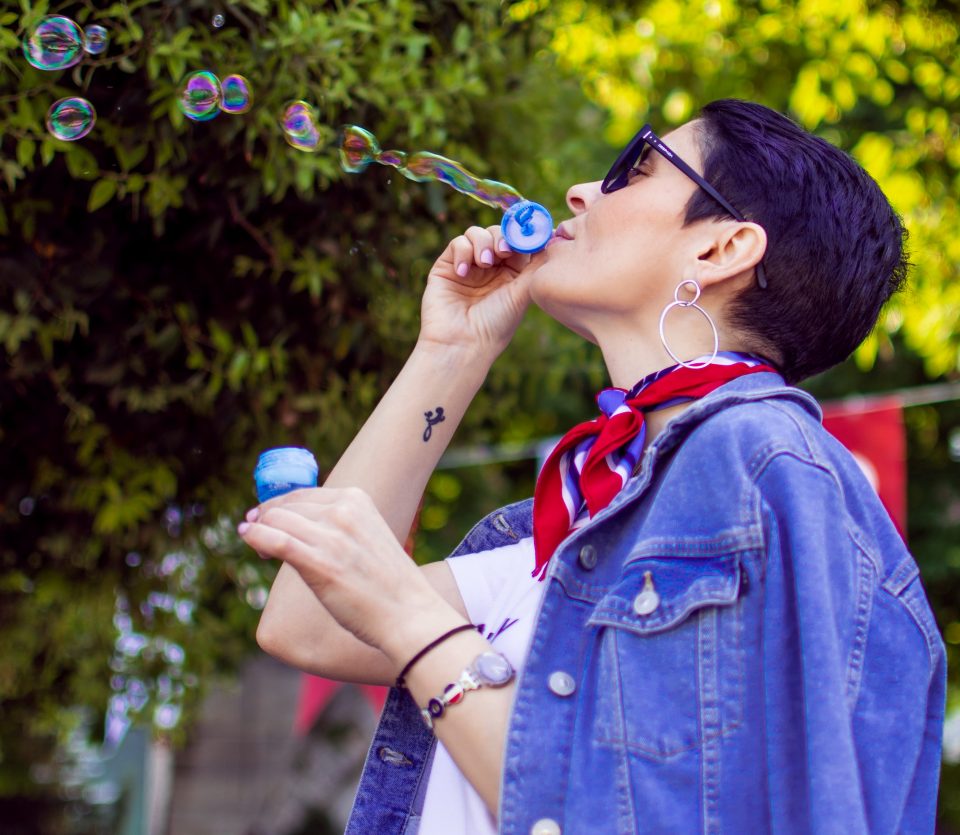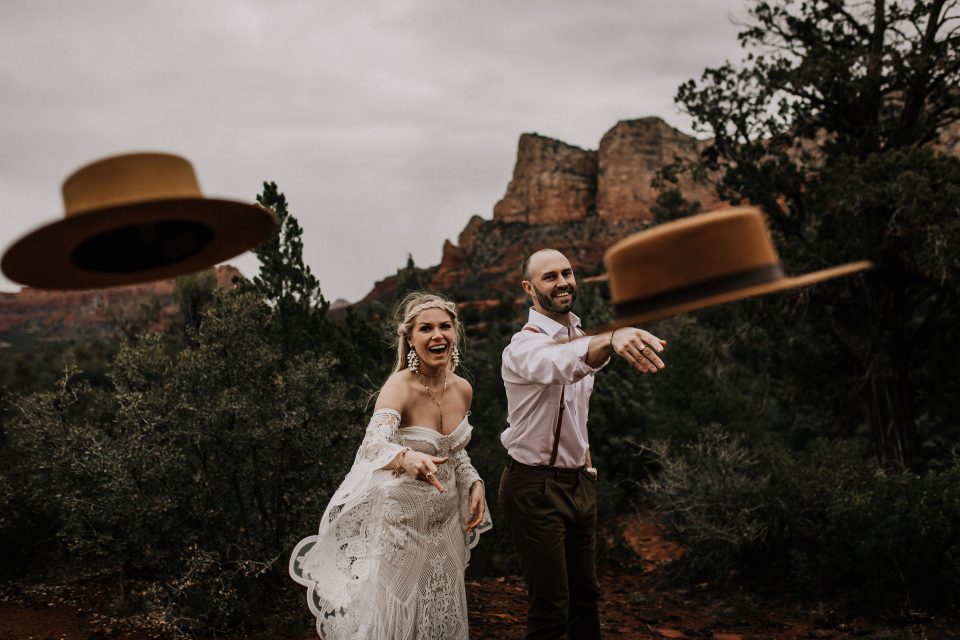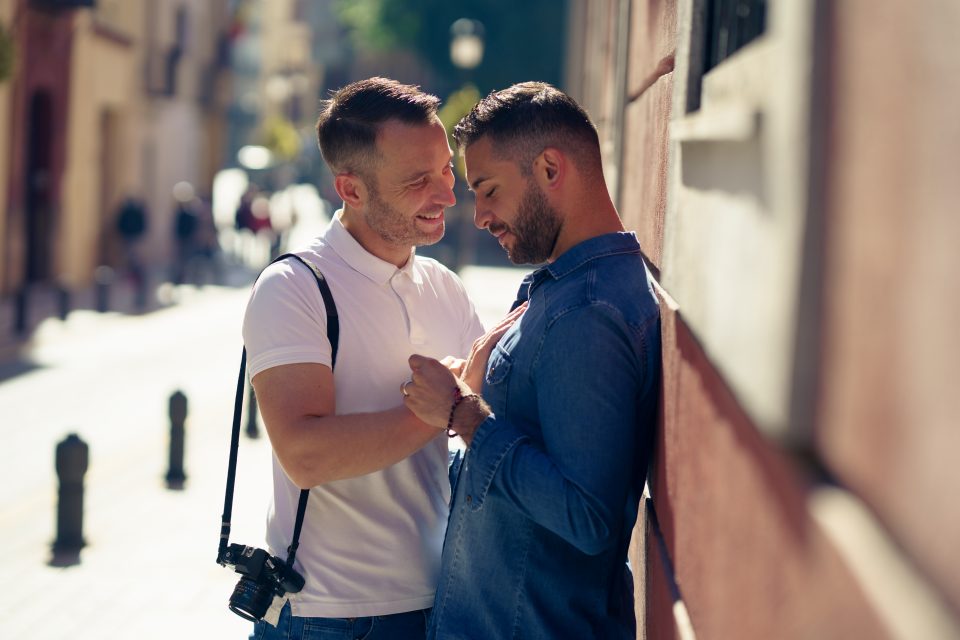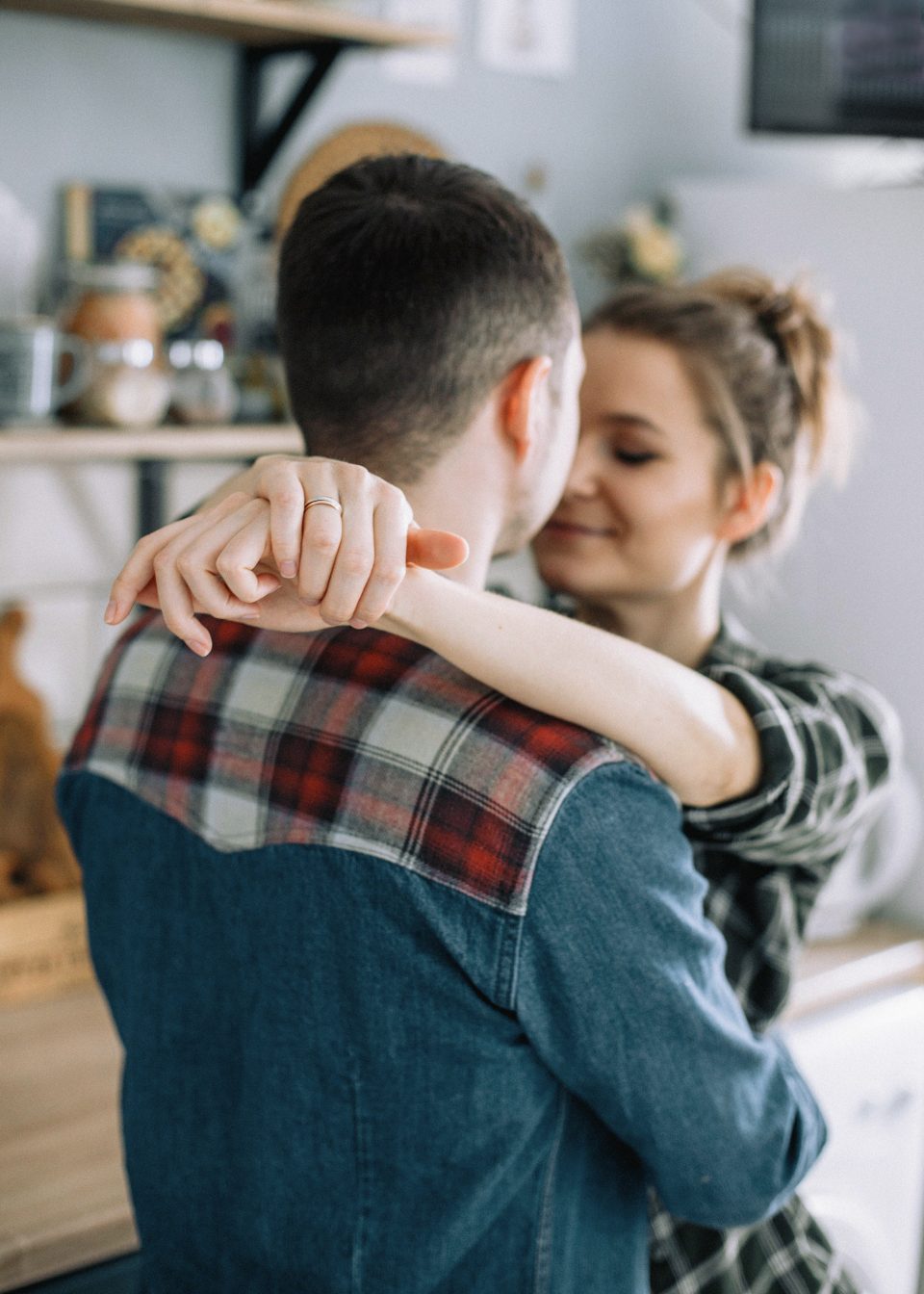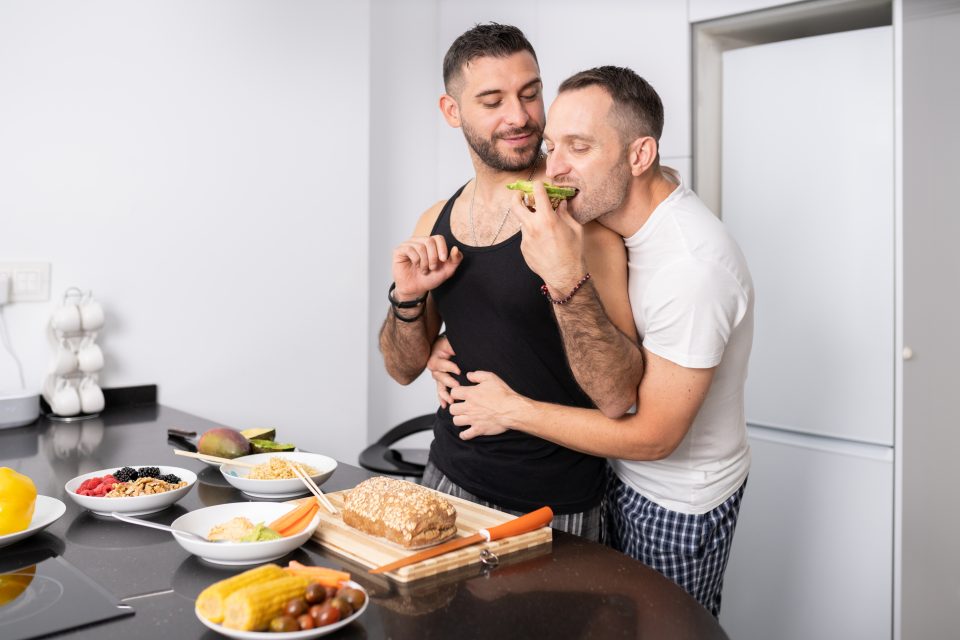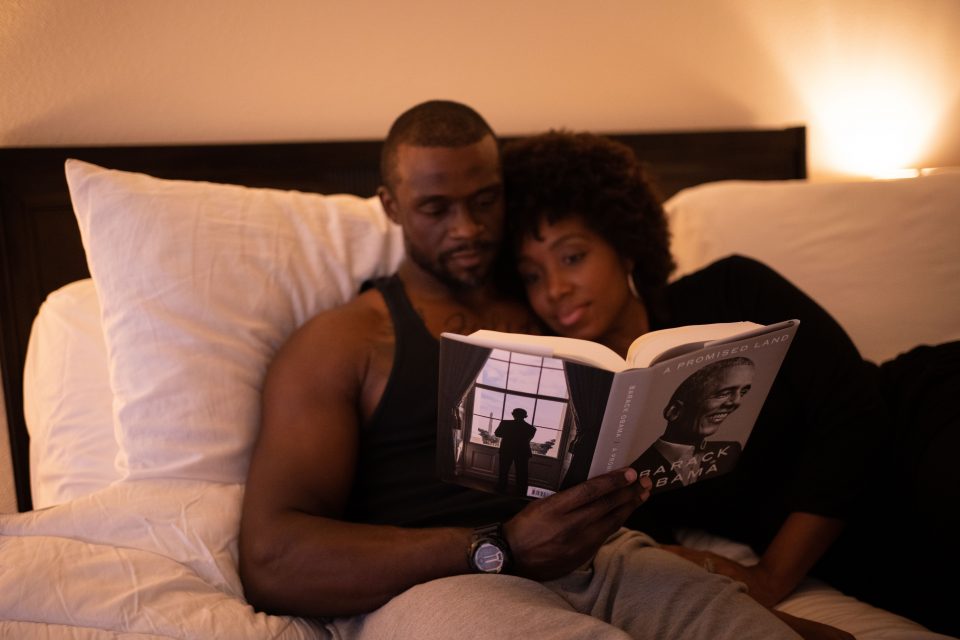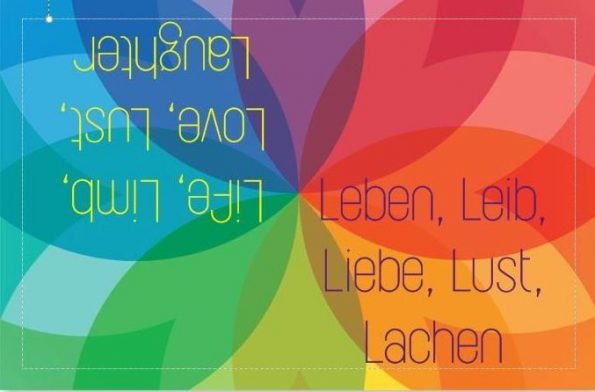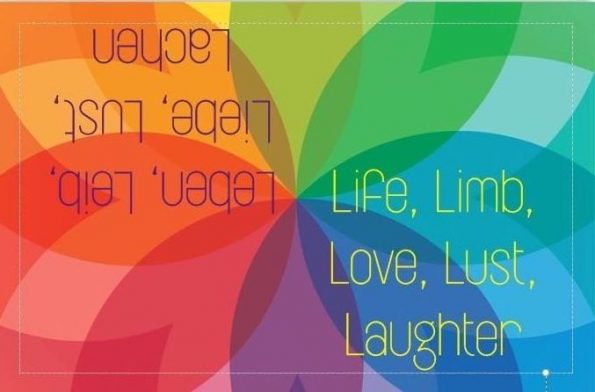Intimate Space
In the Zone
If equal affection cannot be, let the more loving be me.
W. H. Auden

TOUCH (2)
And here we are again. This is Sean and we are going to continue our exploration of touching exercises to enhance and support our intimate experiences and desires.
Last time we played with announcing our desires to touch and caressing our hands and feet.
Again, all of the exercises can be experienced with a partner and/or solo.
5 minutes of intimacy
This is a simple silent exercise. We can share a physical intimacy with a partner or ourselves with minimal preparation and scheduling. In just 5 minutes we can find a safe space, warmth and physical intimacy. Simply put, we can schedule a 5 minute window and be: together with ourselves and with our partners.
With a partner the physical component can include:
- Holding hands
- Playing footsie
- Hugging
- Leaning on each other
- Sitting back to back
- Shoulder to shoulder
- Spooning …
Most important is that we enjoy the silence; together.
If 5 minutes seems daunting, start with 1 minute and increase the number of minutes over time. What is important is the intention and commitment to the process and not the time itself. In other words, counting the seconds and “watching the clock” to ensure that we make it to 5 minutes minimizes the intimate effect of the experience.

Back to Back
Another aspect of intimacy is trust. Blind trust is something that most of us find challenging. This exercise can help us to build trust and intimacy without having to actively express anything, except being. This is primarily a partnered exercise.
- We can sit on the floor, on cushions, a sofa or a bed.
- Sitting facing opposite direction a way from each other.
- Scooting backwards until our backs are touching.
- Pushing together until we are together comfortably, back to back.
- From here we just take the time we have planned to be together and enjoy our togetherness.
- That’s it.
- Spending time being in the same space and experiencing the physicality of our partners existence.
We can sit with our eyes open or closed. If we want, we can read something or listen to soft music. The intention is to be together without expressing or experiencing expectations. This allows us to enjoy the company, free from a need to perform.
If practicing this exercise solo, I would suggest pressing my back against a wall from head to bum. Try breathing in and out with my eyes closed and experiencing the pressure and pleasure of the full back sensation and variation of tactile experiences while beathing, flexing and relacing my head, neck, shoulders, hips and bum.
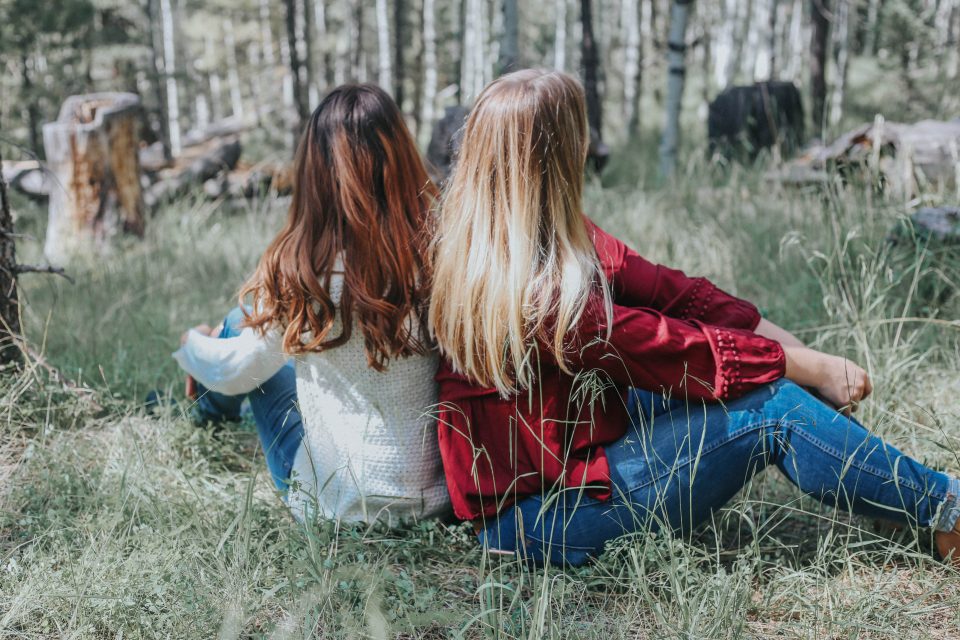
Being There; Being Here
The fact is that people are good. Give people affection and security, and they will give affection and be secure in their feelings and their behavior.
Abraham Maslow
There are a thousand ways for us to express and experience our own and our partner’s touch. What is most important is to find the ways which work for us and enhance and support these experiences with intention, awareness, and communication over time.
Try to remember that announcing our intention and discussing our desires is always a positive experience for a relationship. This is true whether our desires and intentions are welcomed in the moment or not. Ultimately, the creation of a communicative and safe affectionate environment for ourselves and our partners is priceless. All the activities described can be utilized at any time anywhere where we feel safe and supported by our partners. In other words, we can hold hands on a stroll, lean on each other in the bus, play footsie under the table in a restaurant and so on. So take a chance and try touching each other.

This is Sean. Try expressing your intentions and desires with yourself (and those who are important to you) this week and see what happens.
(You can always contact me for more concrete suggestions.)
Our earlier Blog-Lessons:
1–2–3–4–5–6–7–8–9–10–11–12–13–14–15–16–17–18–19–20–21–22–23–24–25–26–27–28–29–30–31–32–33–34–35–36–37–38–39–40–41–42–43–44–45–46 47–48
